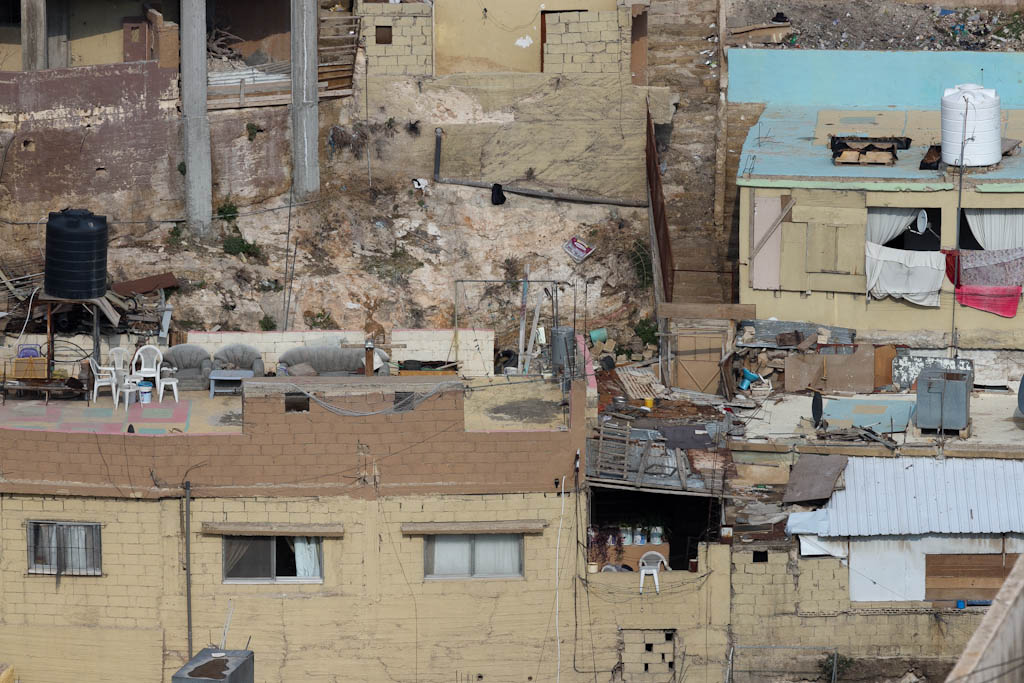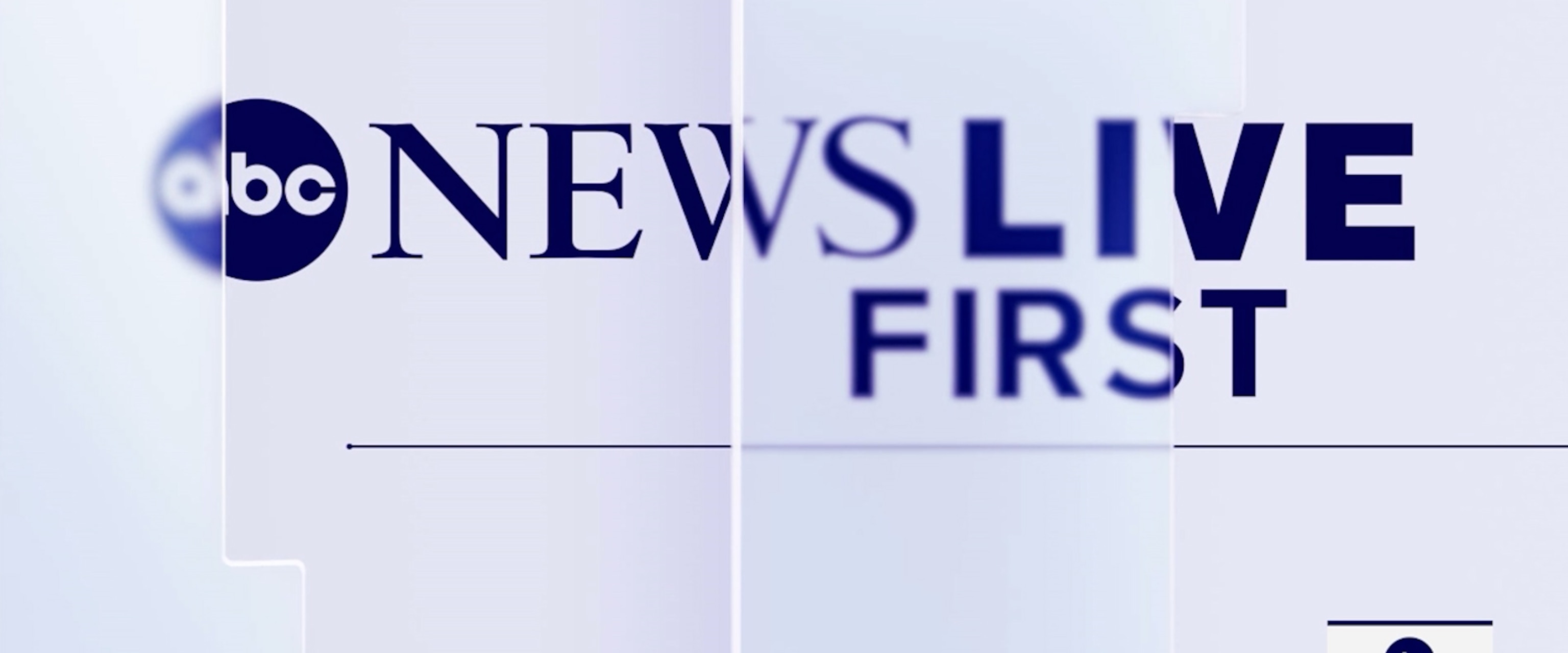Advocacy Report: US Foreign Aid Cuts and the Threat to Sustainable Development Goals
Executive Summary
On September 16-17, Oxfam convened an advocacy event in Washington D.C., bringing together ambassadors, volunteers, and council members to address severe cuts to United States humanitarian and development assistance. The event focused on the detrimental impact of these funding suspensions on global progress toward the Sustainable Development Goals (SDGs). Participants were briefed on the current state of US foreign aid, trained in advocacy, and engaged with congressional offices to press for the restoration of funding critical to achieving a sustainable and equitable future for all.
Congressional Advocacy Objectives
In meetings on Capitol Hill, delegations presented a series of targeted requests to Members of Congress and their staff, urging legislative action to support the global 2030 Agenda. The primary objectives were:
- To secure the highest possible funding levels for humanitarian and development assistance in FY26 appropriations, opposing further cuts that undermine progress on SDGs, particularly SDG 1 (No Poverty) and SDG 2 (Zero Hunger).
- To incorporate specific legislative language ensuring that appropriated funds are fully disbursed, preventing administrative impoundment or rescission. This measure promotes accountability and effective governance, in line with SDG 16 (Peace, Justice and Strong Institutions).
- To garner co-sponsorship for the bipartisan “Saving Lives and Taxpayer Dollars Act,” which prevents the waste of foreign assistance commodities. This directly supports SDG 2 by ensuring food reaches intended recipients and SDG 3 (Good Health and Well-being) by safeguarding the delivery of medicine and medical devices.
Impact of Aid Suspensions on SDG Achievement
The suspension of US foreign assistance following Executive Order 14169 has led to a measurable reversal of development progress and has had catastrophic consequences for vulnerable populations, directly impeding the achievement of multiple SDGs.
- SDG 1 (No Poverty) & SDG 3 (Good Health and Well-being): A UN report estimates that the abrupt withdrawal of USAID services resulted in the avoidable deaths of 104,382 adults and 217,808 children by early June. The UN Special Rapporteur on extreme poverty and human rights noted that the termination of funding has disproportionately harmed people living in poverty.
- SDG 2 (Zero Hunger): The UN Special Rapporteur on the right to food highlighted how the chaotic cessation of aid has cut off access to essential services, exacerbating food insecurity among the world’s most vulnerable.
- SDG 6 (Clean Water and Sanitation): Development projects have been severely weakened, including initiatives in Burkina Faso designed to support community access to clean water.
- SDG 10 (Reduced Inequalities) & SDG 16 (Peace, Justice and Strong Institutions): Funding cuts have dismantled vital community support systems. In Syria, a major humanitarian provider was forced to close six community centers serving families and refugees. In Guatemala, funding was withdrawn from a project promoting climate justice and participatory journalism in a restricted media environment.
Threats to International Financial Architecture for Development
The proposed FY26 House appropriations pose a direct threat to SDG 17 (Partnerships for the Goals) by eliminating all funding for key international finance institutions. These institutions are essential for enabling the world’s poorest countries to advance their national development priorities.
- International Development Association (IDA)
- African Development Fund
- Asian Development Fund
Defunding these bodies would devastate decades of progress by crippling investments in foundational SDGs, including SDG 3 (Healthcare), SDG 4 (Education), SDG 6 (Sanitation), and SDG 9 (Infrastructure).
Advocacy Outcomes and Strategic Outlook
The advocacy event resulted in nearly 30 meetings across seven state delegations, successfully raising awareness of the aid crisis and its impact on global stability and development. Congressional offices were receptive to the policy asks, with many expressing new interest in the bipartisan “Saving Lives and Taxpayer Dollars Act.” The event demonstrated the power of collective action in holding policymakers accountable for commitments to the SDGs. Oxfam and its partners will continue to exert pressure on the administration and Congress to end the funding cuts and rebuild the foreign assistance infrastructure necessary to support an equitable and sustainable world, ensuring that life-saving aid is delivered to the populations who need it most.
Analysis of Sustainable Development Goals in the Article
1. Which SDGs are addressed or connected to the issues highlighted in the article?
-
SDG 1: No Poverty
- The article directly addresses the impact of aid cuts on “people living in poverty” and “the world’s poorest countries,” highlighting how the termination of funding harms the most vulnerable populations.
-
SDG 2: Zero Hunger
- The article mentions the “Saving Lives and Taxpayer Dollars Act,” which aims to prevent the waste of foreign assistance commodities, including “food.” It also references the UN Special Rapporteur on the right to food, directly linking the aid cuts to food security issues.
-
SDG 3: Good Health and Well-being
- The text explicitly states that the withdrawal of services led to “avoidable deaths of 104,382 adults and 217,808 children.” It also discusses the waste of “medicine, and medical devices” and the weakening of “community health, and mental health support” projects.
-
SDG 4: Quality Education
- The article notes that funding for international finance institutions, which is under threat, is crucial for the world’s poorest countries to invest in “education.”
-
SDG 6: Clean Water and Sanitation
- A specific example from Burkina Faso is cited, where projects supporting “clean water access” have been weakened due to funding cuts. The article also mentions that aid helps finance “sanitation.”
-
SDG 9: Industry, Innovation and Infrastructure
- The article states that funding suspensions are threatening investments in “infrastructure” in the world’s poorest countries.
-
SDG 10: Reduced Inequalities
- Oxfam’s core mission is described as eliminating “inequality for all” and fighting for a “more equal future.” The article emphasizes that aid cuts “disproportionately harmed people living in poverty” and “vulnerable populations,” which are key concerns of SDG 10.
-
SDG 13: Climate Action
- The article mentions a project in Guatemala, funded by USAID, that “promoted issues of climate justice,” connecting the aid cuts directly to efforts to address climate change.
-
SDG 17: Partnerships for the Goals
- The entire article revolves around the importance of foreign aid, development assistance, and international partnerships. It discusses the need for the US Congress to “adequately fund the US’s aid commitments” and support “international finance institutions” like the International Development Association and the African Development Fund.
2. What specific targets under those SDGs can be identified based on the article’s content?
-
Target 1.a: Ensure significant mobilization of resources from a variety of sources… to implement programmes and policies to end poverty.
- The advocacy for Congress to support “lifesaving investments in humanitarian and development assistance at the highest possible level” directly relates to mobilizing resources to combat poverty.
-
Target 2.1: By 2030, end hunger and ensure access by all people… to safe, nutritious and sufficient food all year round.
- The push for the “Saving Lives and Taxpayer Dollars Act” to prevent the destruction of food commodities is aimed at ensuring aid reaches intended recipients, contributing to this target.
-
Target 3.2: By 2030, end preventable deaths of newborns and children under 5 years of age.
- The UN estimate that “217,808 children” have died from the withdrawal of services is a direct and tragic measure of regression from this target.
-
Target 3.8: Achieve universal health coverage, including financial risk protection, access to quality essential health-care services and access to safe, effective, quality and affordable essential medicines.
- The article’s mention of weakened “community health” projects and the need to prevent the waste of “medicine, and medical devices” aligns with the goal of ensuring access to essential healthcare.
-
Target 6.1: By 2030, achieve universal and equitable access to safe and affordable drinking water for all.
- The specific example of weakened projects in Burkina Faso that support “clean water access” shows a direct link to this target.
-
Target 17.2: Developed countries to implement fully their official development assistance commitments.
- The central theme of the article is the advocacy push for Congress to “adequately fund the US’s aid commitments” and to stop the cuts and rescissions of foreign assistance, which is the essence of this target.
3. Are there any indicators mentioned or implied in the article that can be used to measure progress towards the identified targets?
-
Direct Quantitative Indicators: The article provides specific numbers that serve as direct indicators of the negative impact of aid cuts.
- The UN estimate of “avoidable deaths of 104,382 adults and 217,808 children” is a stark indicator for SDG 3 (Good Health and Well-being).
- The financial loss of “$20,000 from USAID” for a specific journalism project in Guatemala is an indicator of reduced funding for civil society and specific development goals (like SDG 13).
- The closure of “six community centers” in Syria is a measurable indicator of the reduction in service delivery for humanitarian aid (SDG 1, SDG 10).
-
Implied Indicators: The article implies several other indicators through its discussion of funding and policy.
- Official Development Assistance (ODA) Levels: The entire discussion about Congress supporting “lifesaving investments in humanitarian and development assistance at the highest possible level” and opposing “draconian cuts in FY26 appropriations” implies that the total amount and percentage of US ODA is a key indicator for SDG 17.
- Funding for International Institutions: The mention that the International Development Association, the African Development Fund, and the Asian Development Fund are being “zeroed out” points to the volume of funding for multilateral organizations as a critical indicator.
- Number of People Served: The weakening of projects for “clean water access, community health, and mental health support” implies that the number of beneficiaries reached by these services is a relevant, though unstated, indicator for SDGs 3 and 6.
4. Table of SDGs, Targets, and Indicators
| SDGs | Targets | Indicators |
|---|---|---|
| SDG 1: No Poverty | 1.a: Ensure significant mobilization of resources… to end poverty. | Level of investment in humanitarian and development assistance; Number of community centers closed (e.g., six in Syria). |
| SDG 2: Zero Hunger | 2.1: End hunger and ensure access… to safe, nutritious and sufficient food. | Passage of legislation (“Saving Lives and Taxpayer Dollars Act”) to prevent waste of food commodities. |
| SDG 3: Good Health and Well-being | 3.2: End preventable deaths of newborns and children under 5 years of age. 3.8: Achieve universal health coverage. |
Number of avoidable deaths due to service withdrawal (104,382 adults, 217,808 children); Status of community health projects. |
| SDG 4: Quality Education | 4.1: Ensure that all girls and boys complete free, equitable and quality primary and secondary education. | Level of funding for international finance institutions that support education. |
| SDG 6: Clean Water and Sanitation | 6.1: Achieve universal and equitable access to safe and affordable drinking water for all. | Status of projects supporting clean water access (e.g., weakened projects in Burkina Faso). |
| SDG 9: Industry, Innovation and Infrastructure | 9.1: Develop quality, reliable, sustainable and resilient infrastructure. | Level of funding for international finance institutions that support infrastructure. |
| SDG 10: Reduced Inequalities | 10.2: Empower and promote the social, economic and political inclusion of all. | Impact of aid cuts on vulnerable populations and people living in poverty. |
| SDG 13: Climate Action | 13.a: Implement the commitment… to mobilize… resources to address the needs of developing countries. | Amount of funding for climate justice projects (e.g., loss of $20,000 for a project in Guatemala). |
| SDG 17: Partnerships for the Goals | 17.2: Developed countries to implement fully their official development assistance commitments. | Total US funding for humanitarian and development assistance; Funding levels for international finance institutions (e.g., zeroed out appropriations). |
Source: politicsofpoverty.oxfamamerica.org







